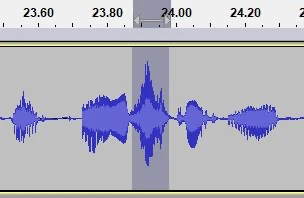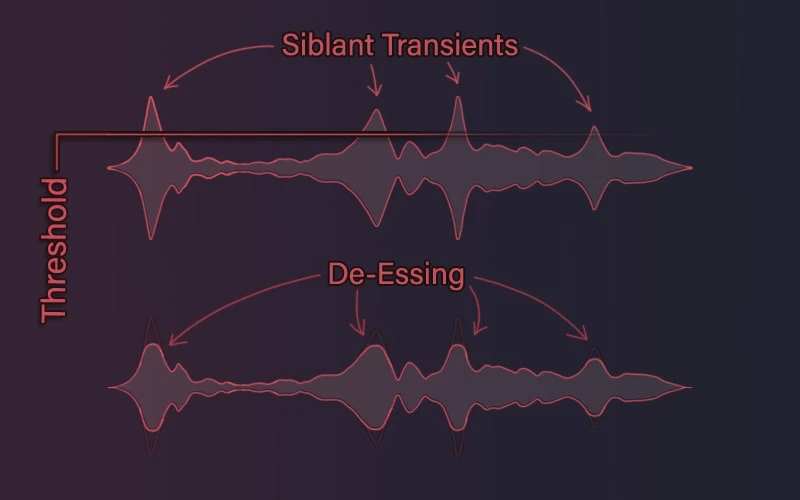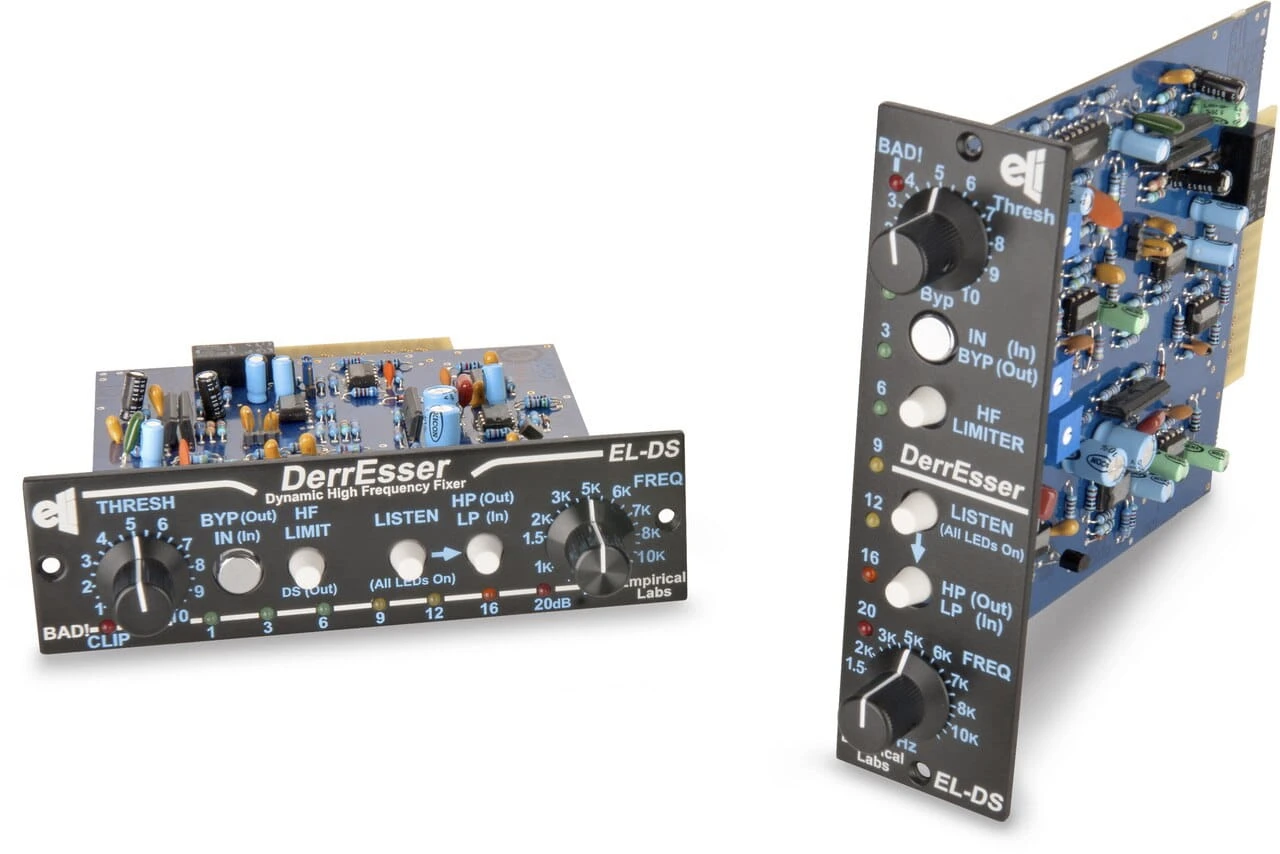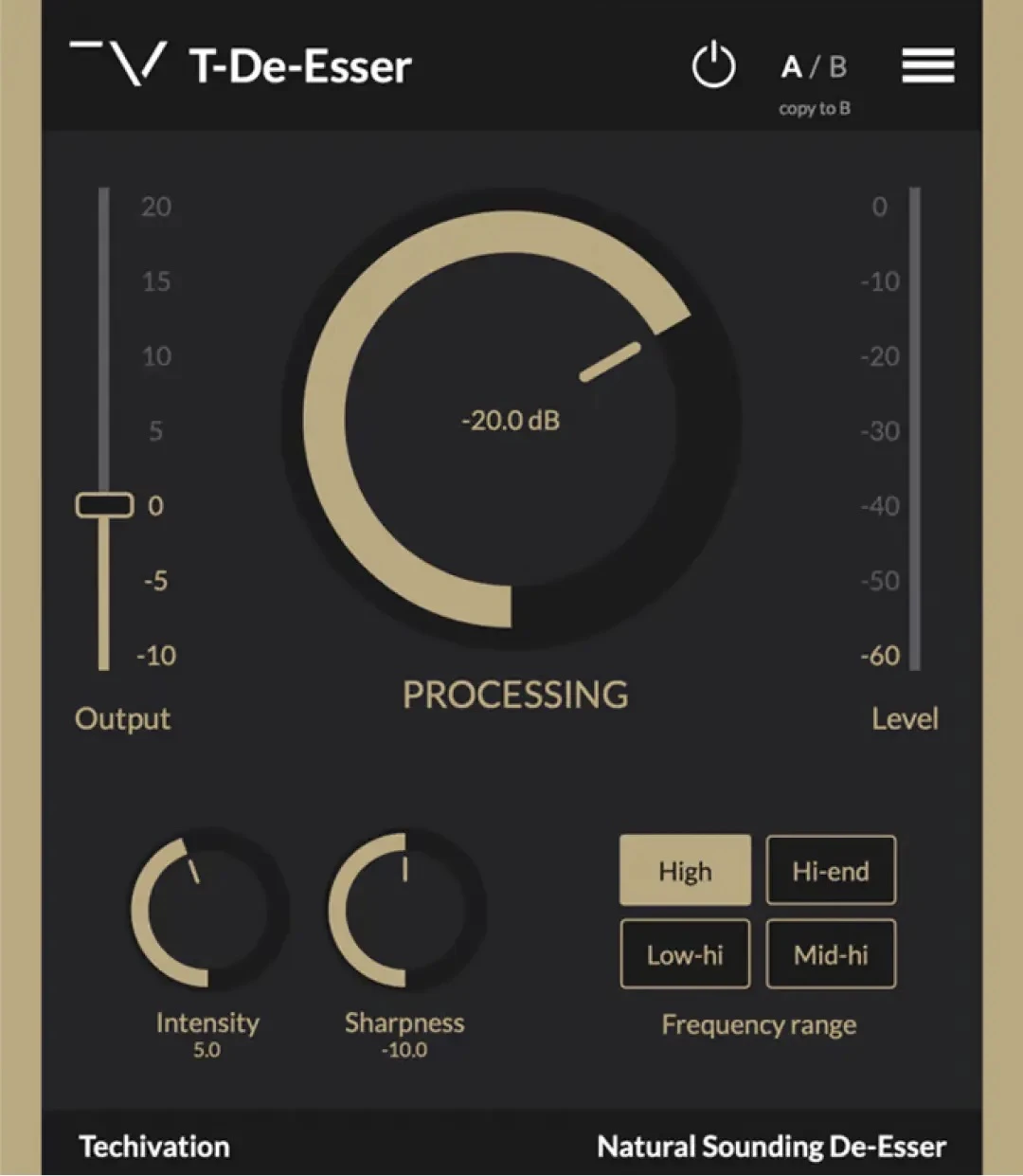Once you start working as a professional Sound Professional, you will have to use a de-esser, an essential audio tool used in recording, mixing, and mastering to control sibilance in vocal recordings, which will allow you to enhance the clarity and balancing the mix. This blog is focused on the fundamentals of a De-esser and how you can use it to your advantage to improve your final mix!
A De-esser is an Audio Processing Tool used in recording, mixing, and mastering to reduce or remove the sibilance from vocal recordings. It works by targeting specific frequency ranges where sibilance occurs and applying dynamic equalization or compression to tame those frequencies.
Simply put, a de-esser is a compression tool that applies gain reduction or ducks the volume of the targeted harsh frequencies in vocals, instruments, drums, etc.
During vocalization, sibilance refers to the pronounced hissing or harsh "ss" and "sh" sounds. Sibilance can be problematic in vocal recordings because it can sound overly pronounced, piercing, or distracting to the listener.
Sibilance also creates issues during mixing and mastering, as sibilant frequencies tend to be more prominent and can cause imbalances in the overall mix. Sibilants are natural, but after processing the vocals through compression and other effects, they often create unpleasant clipping in the sound.

As we have already mentioned, the primary purpose of a De-esser is to reduce or remove excessive sibilance in vocal recordings by targetting the specific frequency ranges where sibilant sounds occur and then applying gain reduction to control their intensity.

By taming sibilant frequencies, a de-esser also indirectly improves the clarity of vocal tracks. Increasing clarity will allow the listener to focus on the content of the vocals without being distracted by harsh or piercing sibilant sounds.
A well-adjusted de-esser will also allow users to reduce sibilance without distorting the natural character of the vocals. It's important to strike a balance so that the de-essing effect is applied without bringing in unwanted artefacts or altering the overall tone of the voice.
De-essers typically provide adjustable threshold and ratio settings. The threshold determines at what level the de-esser begins to attenuate the sibilant frequencies, while the ratio determines the amount of gain reduction applied once the threshold is surpassed. These controls allow for fine-tuning and customization of the de-essing effect.
De-essers use dynamic processing techniques, such as compression or equalization, to selectively reduce sibilant frequencies only when they exceed a certain threshold. This ensures that the de-esser is active only when necessary, preserving the natural character of the vocals during non-sibilant passages.
While using a De-esser in mixing is highly variable and depends on the individual using it to the genre of sound you are working on, below are some basic steps you can consult if you are just getting into this for the first time. Remember, these are not rules but just some basic guidelines.
The first and foremost thing is to carefully listen to the vocal track to identify sections where excessive sibilance occurs. Sibilant sounds typically include "s," "sh," "ch," and "z" sounds. Ensure you do not confuse natural, desirable sibilance and harsh, distracting sibilance that we want to tame.
Once you have the de-esser of your choice in your place, adjust the frequency range on the de-esser to target the specific frequency range of the sibilant sounds.
Although this range usually lies between 4 kHz and 8 kHz, it can vary depending on the vocalist and the specific recording.
Now you will have to set the threshold levels to determine at what level the de-esser will start reducing the sibilance. From our experience, we suggest you start with a conservative threshold setting and gradually lower it until you achieve the desired amount of sibilance reduction.
Note that you will have to be careful while setting the threshold. As a threshold is too low, you will over-process, and the resultant sound will be “lisping”.
Start tweaking the attack and release parameters. The attack will determine how quickly the de-esser responds to the sibilant sounds. On the other hand, the release settings tell the de-esser how quickly to stop the processing after the sibilance has passed.
One thing that many people miss out on is keeping a check on the gain reduction meter, as it indicates the amount of gain reduction being applied to the sibilant frequencies.
From our experience, one should always aim for a moderate reduction that maintains a natural sound without completely removing the sibilance. This moderate reduction usually lies around 3 to 6 dB.
Now that you have your de-essed track, you should compare it with the original unprocessed vocal track and check for any unwanted artefacts or unnatural sound that the de-esser might have introduced in the process while ensuring that the sibilance reduction is effective without negatively impacting the overall vocal sound.
Don’t forget the fact that your vocals are going to play along with the final mix. Always consider the context of the mix while using the de-esser. You will have to figure out how the de-esser affects the overall balance of the mix.
You will sometimes realize that the excessive sibilance reduction has led to a dull or lifeless vocal sound in the mix. Try to keep in mind the context of the mix.
Sound Professionals have different requirements, varying from project to project. The different types of de-essers available in the market help them tame and control sibilance in a way that suits their preferences and workflow. Let's explore the types of de-essers that are common in use today.
As their name suggests, hardware de-essers are standalone devices designed specifically for sibilance reduction. Hardware de-essers provide much more precise control over the desired de-essing effect, allowing Sound Professionals to fine-tune their work.
While these devices are costlier than the other options in the list, they give the user the advantage of delivering high-quality sound. They are often built with high-end components and analogue circuitry, resulting in transparent and pristine audio processing.

As more and more people are shifting to the digital medium in the Sound Industry, software plugins have gained significant popularity. One among them is the De-esser plugin. These plugins run within Digital Audio Workstations (DAWs) and offer a range of features and flexibility.
As sound Professional, we have the ability to use the de-esser plugins with individual tracks or directly to the master channel, allowing for precise control over sibilance reduction.
One thing we find very practical about de-essers plugins is that they often provide visual displays to help users identify problem frequencies, and many offer advanced algorithms for transparent processing. Another advantage is that these plugins are highly customizable, allowing users to adjust parameters like threshold, attack, release, and frequency range easily.

Modern-day DAWs are becoming more powerful, giving technicians all control right in their palms. Some of these DAWs are pre-equipped with built-in de-esser modules or plugins.
While these built-in De-essers may not be as powerful as dedicated de-esser plugins, they can still effectively address mild to moderate sibilance issues. Their advantage lies in their intuitive controls, making them suitable for users who prefer a streamlined workflow and don't require extensive customization options.
It's worth noting that the effectiveness of each type of de-esser can vary depending on the specific audio material and the user's skill in applying the tool. Experimentation and understanding the nuances of each de-esser type are crucial to achieving optimal results.
It is safe to conclude that de-essers are essential tools for Audio Engineers, providing targeted solutions to tackle sibilance issues in vocal recordings. Their ability to offer precise control over frequency ranges, thresholds, and dynamic processing parameters, allows users to have an enhanced level of clarity without killing the natural sound of the vocals.
Whether using hardware-based de-essers for their high-quality processing or opting for De-esser plugins with customizable features, the goal remains: achieving a clean and polished vocal sound.
♥ - Joseph SARDIN - Founder of BigSoundBank.com - About - Contact
Be the first to give an opinion!